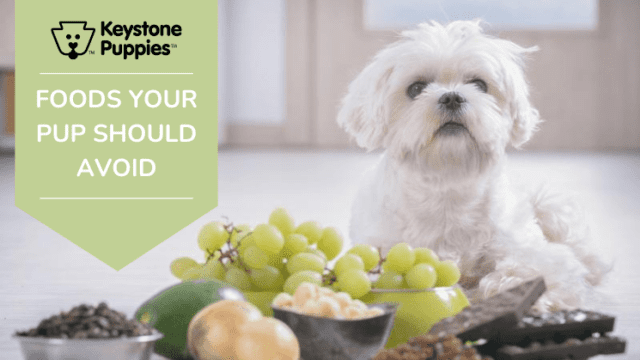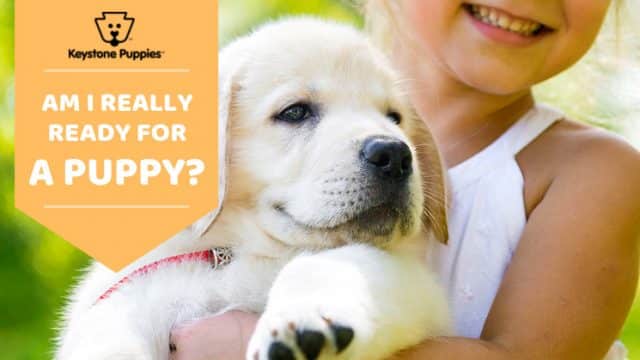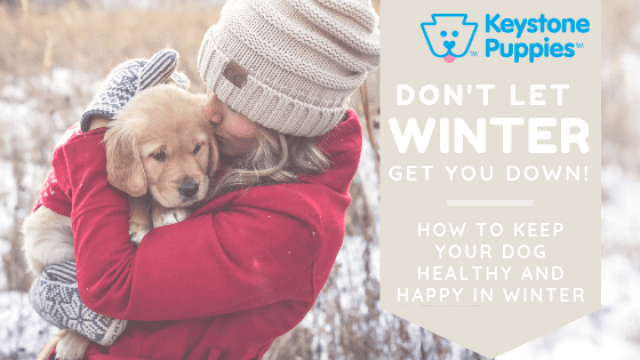Winter is Coming
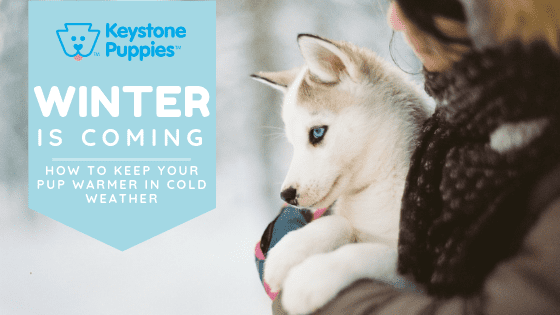
How to Keep Your pup Warmer in Cold Weather
Different breeds of dogs have different needs in the winter. While Snow Breeds like Saint Bernards and Alaskan Malamutes are well-suited for wet, snowy days, other breeds with short coats like Boston Terriers and French Bulldogs, or smaller dogs like Shih Tzus and Chihuahuas, have trouble staying warm on cold days.
When discussing cold weather, it’s also important to note that not all dogs can be outdoor dogs, especially during the winter month. If you want a dog to live outside all year round, do your research, provide a sturdy, well-insulated shelter that is off the ground, and consult your vet before deciding on an outdoor breed.
No matter which breed you choose, all dogs need to go outdoors in the winter to relieve themselves. Even dogs with heavy coats will feel the winter chill if they are accustomed to a heated home. If you don’t guard against the hazards of cold weather, your dog could get frostbite, hypothermia, or, in extreme cases, die.
However, it’s not hard to protect your pup from the cold. By taking a few precautions, and preparing your pup for outdoor time, you should be able to get through most winter weather unharmed.
Don’t Let Your Dog Spend Long Periods of Time Outdoors
Even cold-loving pups are not meant to spend all their time outdoors. While large, snow breeds with thick double coats will enjoy bursts of time in the snow and wind, you may find that smaller dogs or dogs with short coats hate the cold.
Very young and very old dogs are also susceptible to cold, so limit their time out of doors during the winter months.
You should accompany your dog outside in cold weather, and use your own discomfort as a guide. Don’t put your dog out in a yard unattended when the weather is below freezing. If your nose and feet are cold, it’s likely that your pet’s nose and feet are also cold.
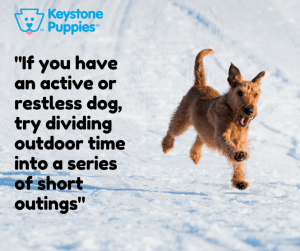
When the weather is especially cold, if you have an active or restless dog, try dividing outdoor time into a series of short outings. Take your pup for a series of five-minute walks, instead of trying to tough it out for 20 minutes.
Dress Your Puppy for Cold Weather
Dog’s ears, nose, and feet are especially susceptible to extreme cold. A pet sweater or pet vest can help your dog stay warmer. These jackets come in fleece and knits, and many are waterproof. Many dogs with thick coats don’t need or even dislike dog jackets, but they are important if you have a shorthaired dog, a smaller dog, a young puppy, or a very old dog.
The right dog jacket not only protects your dog, but it also makes winter outings more enjoyable for your pup, so It’s worth shopping around and looking at all your options.
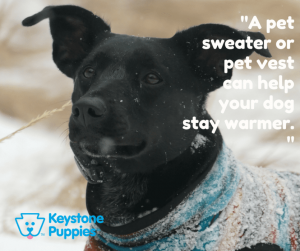
Keep Paws Clean
Icy particles are painful to your pup’s paws, and many road salts or deicers are toxic for pups. That’s why winter booties are a good choice for dogs that are sensitive to the cold, and for dogs that must walk on sidewalks or pavement, over ice and salt, or on uneven or hazardous terrain. Look for booties that have a textured sole to prevent slipping. Booties should be adjustable and waterproof.
If your dog dislikes booties, paw wax is another way of protecting his paws from icy cuts and road salts during walks. Paw wax can also prevent snow and ice buildup and is available at most major pet stores and online.
Paw Cleanup
Once you’re done with your walk, it’s important to take time to clean up your puppy’s paws to remove road salts, deicers or even antifreeze. These substances can build up on paws, but make dogs sick if they’re ingested.
Wipe your puppy’s paws with a towel each time he comes in from the cold. Take a few moments to probe the pads of his paws to remove ice and snow. Check for cracks or bleeding, and treat immediately.
Trimming the hair around his paws and between his toes can also prevent ice buildup and make his paws easier to groom.
For more paw cleanup tips, check out our blog, Muddy Paws.
Keep Your Dog Safe Inside in Winter
Remember that winter also presents some hazards inside the home. Space heaters, wood stoves, and fireplaces all present burn hazards, so make sure you protect your dog by surrounding these areas with screens or gates.
Watch entryways, and keep floors clean. Remember that people also track in salts, deicers, and antifreeze. To prevent your dog from licking up these sometimes sweet-tasting toxins, sweep, vacuum, or mop your entry areas often.
* * * * *
Different dog breeds handle cold weather very differently. Make sure you understand your breed’s ability to withstand cold and accommodate your pup’s needs. Talk to your vet about your pup’s susceptibility to hypothermia and frostbite, and prepare accordingly. Limit time outdoors in extreme cold, and never leave a house dog out in the cold unattended for long periods of time. If you’re not sure which breed of dog is right for you, start by researching over 200 breeds here. If you know which kind of dog you want, click here to start looking for the pup that is right for you.


